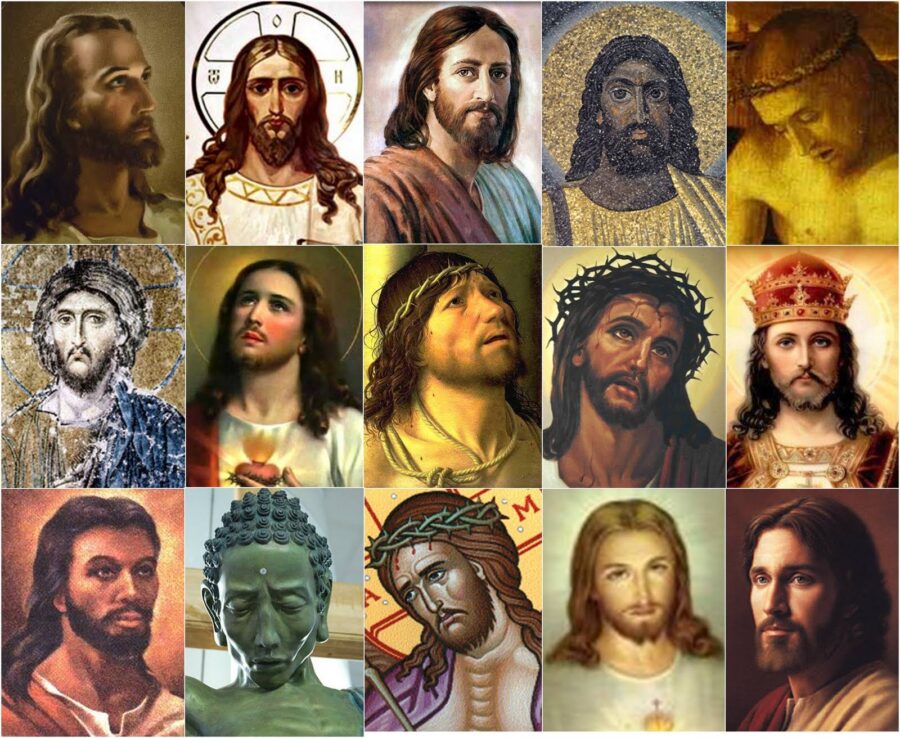Lesslie Newbigin tells an illuminating story about his time as a foreign missionary to India. In the Hindu Ramakrishna monastery, there is a gallery of portraits of the great religious teachers of humankind. Among them is a portrait of Jesus at which worship is offered every Christmas Day. Lest anyone mistake this worship for a gesture toward conversion in India, Newbigin explains that this is simply “the co-option of Jesus into the Hindu worldview. Jesus had become just one figure in the endless cycle of karma and samsara…. He had been domesticated into the Hindu worldview.” As he reflected on this, Newbigin remarks that something of this domestication had taken place in his own Christianity as a twentieth-century Englishman. In his case, he saw himself rendering Christianity plausible to his own intellectual milieu rather than allowing his own intellectual formation to be subject to and examined by the new and critical light of the gospel.
Like the Ramakrishna mystics, we also should recognize that many Christians (myself included) are guilty of domesticating Jesus. At least in my country, Jesus has been similarly co-opted into an American worldview of comfort and good deeds. We might accord him distinct honors on holy days and yet live the balance of our days as though Jesus was another portrait on the wall. While Christian in name, we effectively live as though Jesus shares equal pride of place with the gods of fortune and family. There are no shortages of Jesuses in our age. There is Jesus the liberator; there is Hipster Jesus in Warby Parkers and suspenders; there is Jesus the lowly philosopher. However we conceive Jesus and his claim upon our lives, for too few of us, the “Jesus” we fashion is not the Jesus of Scripture. It is, rather, a domesticated Jesus. It is very often a harmless Jesus. It is a Jesus that we subtly keep at arms length, ensuring we get from him what we want (i.e., forgiveness of sins, eternal life), all the while keeping permanently away what we would rather avoid (i.e., serving others, tending to the needful margins of society, bearing witness to the truth).
This week, this relevant Rich Mullins quote came across my Facebook feed and struck a deep chord {H/T James McGrath}:
You guys are all into that born again thing — which is great. We do need to be born again since Jesus said that to a guy named Nicodemus. But if you tell me I have to be born again to enter the kingdom of God, I can tell you that you just have to sell everything you have and give it to the poor because Jesus said that to one guy too. But I guess that’s why God invented highlighters, so we can highlight the parts we like and ignore the rest.[1]
Highlighter Christianity
I confess it is easy for me, as it is for many of us, to create a highlighter Christianity.
“Come to me, all who labor and are heavy laden, and I will give you rest. Take my yoke upon you, and learn from me, for I am gentle and lowly in heart, and you will find rest for your souls.” Matt 11:28-30. Star! Highlighter. Exclamation Points.
“On the last day of the feast, the great day, Jesus stood up and cried out, “If anyone thirsts, let him come to me and drink. Whoever believes in me, as the Scripture has said, ‘Out of his heart will flow rivers of living water.’” John 7:37-38. God, yes — Heart of the Gospel. Pink highlighter this time.
But this: “And calling the crowd to him with his disciples, he said to them, “If anyone would come after me, let him deny himself and take up his cross and follow me.” Mark 8:34.Oh, this is just Jesus stirring the pot. Classic trouble-maker Jesus.
And this: “If anyone comes to me and does not hate his own father and mother and wife and children and brothers and sisters, yes, and even his own life, he cannot be my disciple.” Luke 14:26. Mere hyperbole; Save the Drama, Jesus. He definitely doesn’t mean that, I mean Jesus was still good to his mom to the very end!
Kierkegaard said,
we pretend to be unable to understand [the Bible] because we know very well that the minute we understand, we are obliged to act accordingly.” He goes on to say (perhaps very rightly, I’m afraid) that our interpretation of the Bible is all too often “defense against the Bible.”
How to Avoid the Trap of Domesticating Jesus?
Where can the “real Jesus” be found? The first place we must look is perhaps obvious. “These are the Scriptures that testify about me,” said Jesus (John 5:39). Knowing Jesus is to read and understand well the testimony concerning him in its entirety.
The other indispensable (though less popular) place where we experience the “real Jesus” is his church. It is (for many) an inconvenient truth that in order to have a “relationship” with the living Christ, one must be in relationship with his Church. I know many that are comfortable with a relationship with Christ, but shudder at the idea of joining fellowship with his Christians. As a student of the Bible wrestling over this question for many years, I have found that there is simply no way around this. A living connection to Christ comes from the fellowship of the one Spirit among his people.
I know of some who scoff at perhaps less-savvy pastors who purportedly misuse the verse, “where two or more are gathered in my name, there I am in their midst” (the learned reasoning being that the context of correction is foremost rather than divine presence). But I am increasingly convinced that the “provincial” pastors are right to claim this verse for all its worth — there truly is something vitally important about the gathering of his people that makes Jesus’ presence alive, meaningful, and effective in ways that are not true outside of fellowship.
Look closely at the way the earliest churches made possible an almost visceral experience of the resurrected Christ. Paul, speaking to a Galatian congregation who could never have possibly seen Jesus in person, writes this: “It was before your eyes that Jesus Christ was publicly portrayed as crucified” (Gal 3:1). That, my friends, is church. Whatever else we’re doing in our churches, this should be among the core pursuits of what we gather together to do: To know Christ; to know him as he really is, rather than what we prefer him to be; to arrive closer to his heart; to be like him; to follow after him. It is only in a close group of believing witnesses where our short-sighted projections of Jesus can be checked, corrected, and enlarged. It is here where, ideally, we can sort through how we ought to live and how to make sense of some of Jesus’ more difficult teachings. We can’t do it perfectly. Many churches I know are sorely wide of the mark. But this is where it must happen and we must strive together to make it a reality. In the final analysis, it must be here if we are to find him at all. There he is in our midst.
Notes:
[1] If I’m putting on my NT exegesis hat, I often find Rich Mullins to be a questionable interpreter of Scripture, and this quote is no exception. And yet, his points come off with a force so genuinely close to the Christ I encounter in the Scripture, that I find it very difficult to say anything in criticism at all.





Leave a Reply
Your email is safe with us.